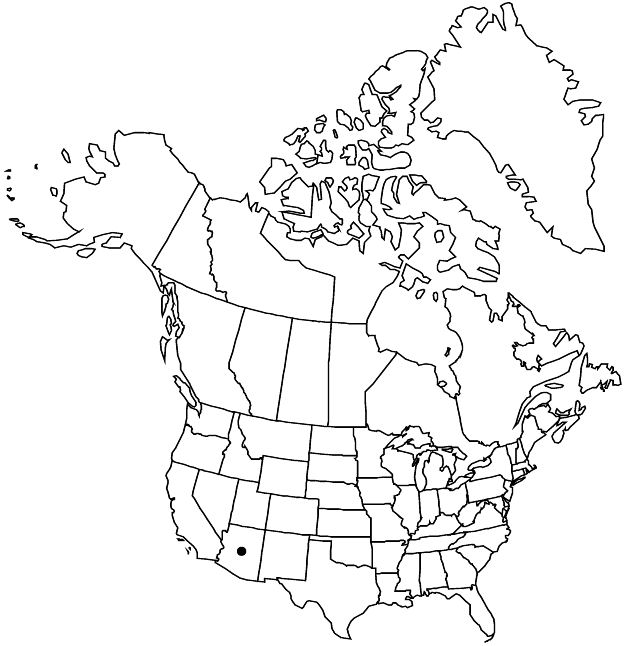Euphorbia macropus
Prodr. 15(2): 52. 1862.
Herbs, perennial, with thick, globose to elongated tubers, 2–8 cm. Stems erect to ascending, branched, 10–45 (–60) cm, glabrous, puberulent, or densely hirsute to setose, often with 2-layered indumentum of long hairs intermixed with short hairs. Leaves usually opposite, occasionally whorled distally, or rarely with 1–2 alternate leaves; stipules 0.1–0.2 mm; petiole 0–18 mm, hirsute, sericeous, or strigose; blade linear to ovate or almost orbiculate, 6–54 × 2–19 mm, base rounded to attenuate, margins entire, occasionally ciliate with stiff recurved hairs, apex acute to obtuse, surfaces usually hirsute, sericeous, or strigose, occasionally glabrous adaxially; venation conspicuous. Cyathia in weakly-defined terminal dichasia; peduncle 1.4–5.8 mm, glabrous. Involucre obconic to campanulate, 1.1–1.4 × 0.5–1.5 mm, glabrous or strigillose; glands 4–5, greenish, oblong, 0.2 × 0.4–0.5 mm; appendages usually yellowish or green, rarely dark purple, ovate, flabellate, semiorbiculate, or oblong, 0.3–0.9 × 0.4–1.1 mm, usually entire. Staminate flowers 10–15. Pistillate flowers: ovary glabrous, sericeous, or strigillose; styles 0.4–0.6 mm, 2-fid 1/2 length. Capsules oblate, 2.3–3 × 3.1–4.2 mm, glabrous, sericeous, or strigillose; columella 1.6–2.1 mm. Seeds black to light-brown, broadly ovoid to subglobose, rounded in cross-section, 1.5–2.3 × 1.4–1.8 mm, smooth or with low rounded tubercles; caruncle absent.
Phenology: Flowering and fruiting summer–fall.
Habitat: Stream banks and rocky slopes in pine-oak woodlands, sometimes with juniper, Douglas fir-pine forests.
Elevation: 1500–2200m.
Distribution

Ariz., Mexico, Central America (Guatemala), Central America (Honduras)
Discussion
Euphorbia macropus is a widespread and common Mexican species just barely entering the flora area in southeastern Arizona, where most of the collections are from the Huachuca Mountains.
Selected References
None.
Lower Taxa
"connate" is not a number. "distinct" is not a number."/2" is not declared as a valid unit of measurement for this property."elongated" is not a number."thick" is not a number.